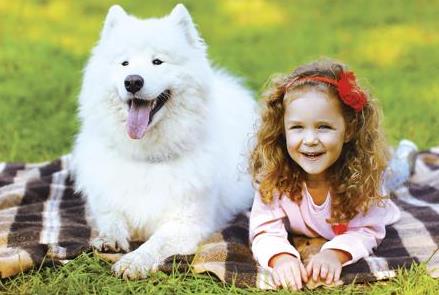

TEACH TODDLERS RESPECT and SAFETY AROUND ANIMALS

Tag: toddler care Littleton CO | toddler daycare Littleton CO | daycares in Littleton CO
As children grow up, it’s important to teach them how to treat and relate to dogs, cats, and other pets so both the children and the animals can stay safe and happy. Some children, especially toddlers and young children, might be unkind to animals simply because they don’t know any better.
Start early by encouraging toddlers to be gentle to animals:
Animal body language can sometimes be a little tricky. Talk with your children about how dogs and cats might act: “If the dog’s tail is wagging back and forth, that means he’s happy! But if he growls or flattens his ears, you need to stop petting him and walk away, because he’s angry.”
For cats, common signs of anger or discomfort include hissing, a straight tail, and a rigid body.
Reiterate to your children that if an animal is trying to get away from you, it’s best to let the animal go instead of forcing it to do what you want.
There are many ways to introduce children to animals first hand:
Research also shows that when children are encouraged to care for animals, they tend to be more sensitive and caring toward other children and adults as well. So by supporting children’s love for animals, you’re helping nurture those all-important feelings of human connection and caring as well.
@Pop-Ins Schoolhouse we spend a lot of time talking and reading with our toddlers, preschoolers and kindergarten children about animals and how to care for them and love them.
© 2024 Pop-Ins - All Rights Reserved
Site by
